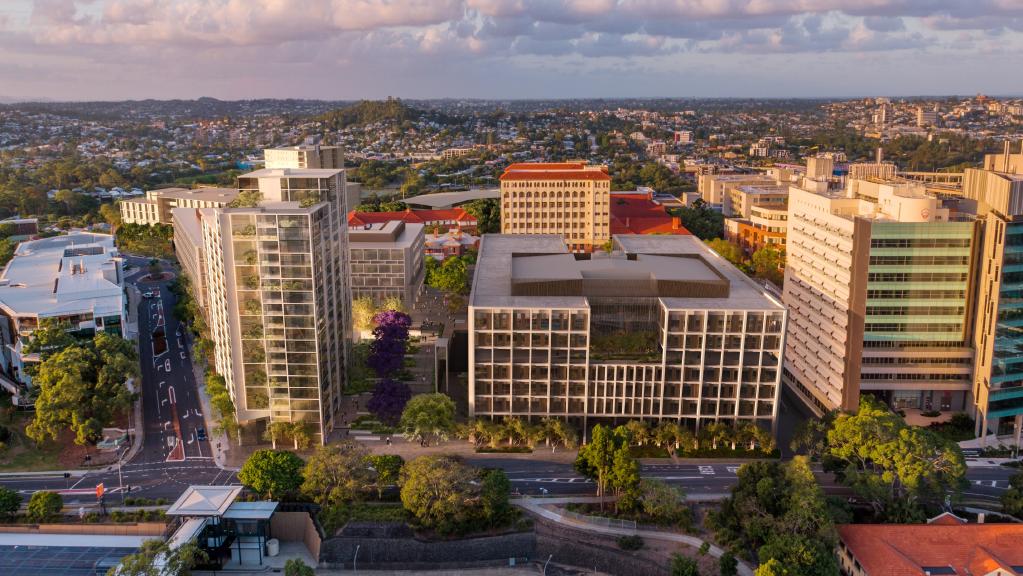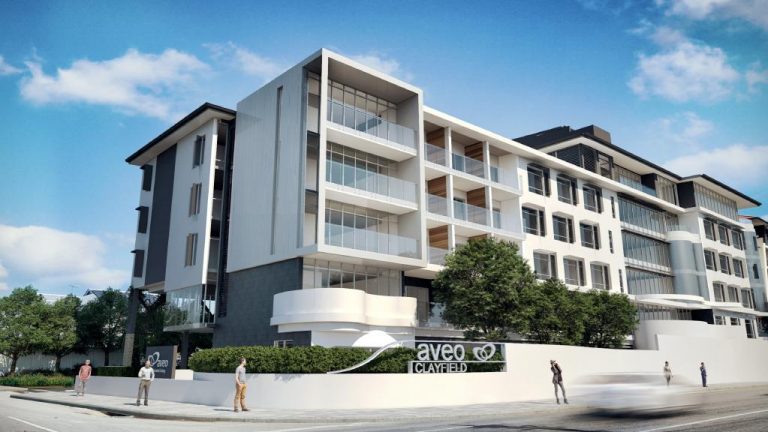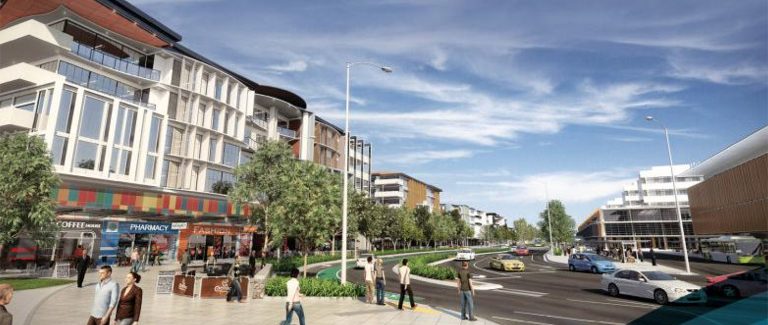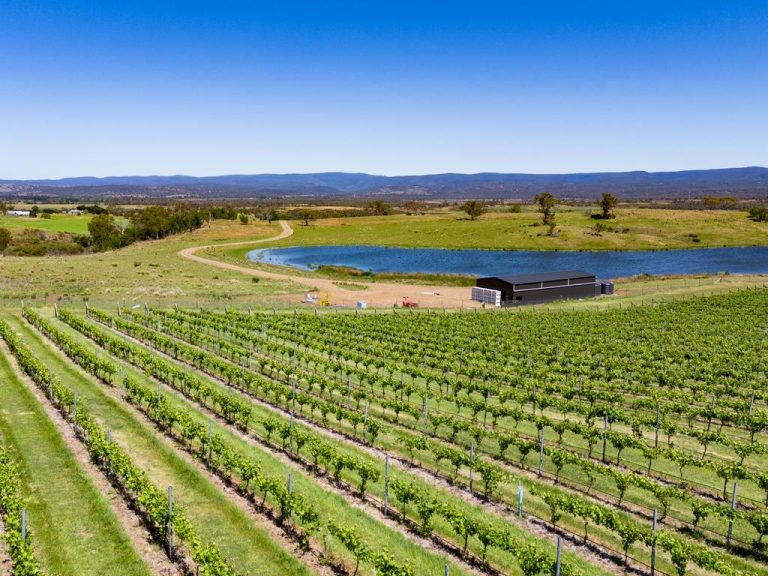$1.1bn Brisbane biomedical redevelopment revealed

Linking old with new, the $1.1 billion Herston Quarter, central Brisbane, is set to be one of the city’s largest and most complex biomedical precincts.
The redevelopment is set to bring a world-class health and wellbeing precinct showcasing the area’s local heritage, providing aged care and retirement living, and general residential accommodation.
The redevelopment has begun, and will be carried out in stages over the next 10 years.
Commercial Insights: Subscribe to receive the latest news and updates
Upon completion, along with the residential facilities, the hub will provide a 184 inpatient-bed specialist public health facility and a new private hospital.
The aged care and retirement living will incorporate an active seniors’ and well-being precinct providing community services and facilities.

The entrance to Herston Quarter from Herston Rd (artists impression).
Mixing young with old, the community will have childcare facilities and student accommodation. In an adaptive re-use of the heritage buildings, the historic Lady Lamington buildings will be restored to student accommodation, as was their original use.
Retail and restaurant facilities will support the new mixed-use community, existing car accommodation will be tripled in size and there will be potential for further research and commercial space.
Australian Unity Herston Quarter development director Richard McLachlan says the Herston Quarter redevelopment, near the Royal Brisbane and Women’s Hospital, will set the scene for a new model of social infrastructure.
“Linking the old and new, Herston Quarter sits at the heart of one of Brisbane’s largest and most complex biomedical precincts,” McLachlan says.

In an adaptive re-use of the heritage buildings, the historic Lady Lamington buildings will be restored to student accommodation, as was their original use.
“It is a new piece of the city that invites workers, patients, families and the community to visit, linger and live.
“It is a new model for health communities in Australia that embraces the city and lets the city embrace it by allowing permeability and connection between itself and its neighbours.”
He describes Australian Unity as being a mutual company working across health, wealth and wellbeing and was advocating for reform in the approach to social infrastructure.
“A recent report by PWC highlighted supply gaps in the provision of social infrastructure, including both beds and the aged care workforce,” he says.

Lamington Place, between the new specialist public health facility and existing heritage buildings (artists impression).
“To ensure a sustainable health and ageing system, Australian Unity is advocating a restructure in the way we deliver these services. In particular, challenging us to change our mindset from seeing health through the lens of illness treatment, towards viewing it through the lens of wellbeing – with a focus on preventative care, improving wellness and striving for individual outcomes.”
McLachlan says with leading hospitals, universities and medical research facilities as neighbours, they are focused on building a master plan that supports ageing well by encouraging interaction, socialisation, collaboration and innovation.
“This includes considerations such as the deliberate design of an active seniors’ and wellbeing precinct providing community services and facilities, location of independent retirement living with easy access to local transport, walking paths with rest and reflection spaces, cafes and convenience foods and intergenerational living,” he says.
This article from the Courier Mail originally appeared as “Old Geelong Grammar transformed from squat to student digs”.







